
When comparing the performance and application scenarios of H62 brass and high-strength brass (chemical formula: ZCuZn25Al6Fe3Mn3), it’s essential to conduct a thorough analysis from multiple perspectives, including chemical composition, mechanical properties, corrosion resistance, workability, and cost. High-strength brass clearly outperforms H62 brass in terms of strength, hardness, corrosion resistance, and adaptability to complex environments. It can replace H62 brass in most industrial scenarios. However, the decision should be made based on specific needs, weighing the cost against processing difficulties.
1. Chemical Composition and Microstructure: Alloying Degree Determines Performance Differences
High-Strength Brass
-
Composition: Approximately 65% copper, about 24% zinc, with added elements such as aluminum (6%), iron (3%), and manganese (3%).
-
Microstructure: Forms an α+β duplex structure. The β phase is an ordered solid solution that significantly enhances strength.
-
Effects of Alloying:
- Aluminum boosts strength, hardness, and corrosion resistance.
- Iron and manganese refine the grain size, improving wear resistance and fatigue resistance.
H62 Brass
- Composition: 60.5%-63.5% copper, the remainder being zinc, with trace amounts of iron, lead, and other elements.
- Microstructure: α+β duplex structure, with the β phase being a simple Cu-Zn solid solution that provides weaker strengthening effects, resulting in a lower overall degree of alloying.
Conclusion: The alloying design of high-strength brass gives it inherent advantages in terms of strength, hardness, and corrosion resistance.

2. Mechanical Properties: High-Strength Brass Has Far Superior Load-Bearing Capacity
Strength and Hardness
-
High-Strength Brass:
- Brinell Hardness > 200 HB
- Compressive Strength > 600 MPa
- Elongation > 10%, capable of withstanding high loads and frequent impacts.
-
H62 Brass:
- Brinell Hardness 80-150 HB
- Compressive Strength approximately 340-540 MPa, suitable for general-purpose stressed components.
Wear Resistance and Fatigue Resistance
-
High-Strength Brass:
- Aluminum forms hard phases that enhance wear resistance for high-friction applications, such as bearings and gears.
-
H62 Brass:
- Has average wear resistance and typically requires surface treatment to enhance performance.
Case Study:
- High-Strength Brass: Used in high-load components such as excavator joints and mining shovel axle bushings in construction machinery.
- H62 Brass: Commonly used in low-stress parts like pins and nuts.
3. Corrosion Resistance: High-Strength Brass Adapts to Complex Corrosive Environments
High-Strength Brass
- Exhibits excellent corrosion resistance to acid, alkali, salt solutions, and seawater. The aluminum element forms a dense oxide film that protects against corrosion.
- Widely used in marine valves and petrochemical pipelines.
H62 Brass
- Good corrosion resistance in atmospheric and freshwater environments, but susceptible to stress corrosion cracking under certain conditions, such as exposure to ammonia gas or seawater.
- Suitable for mild environments like architectural decoration and electronic appliances.
Data: The corrosion rate of high-strength brass in a 3.5% NaCl solution is only one-third that of H62 brass.
4. Workability: H62 Brass is Easier to Form, While High-Strength Brass Requires Process Optimization
H62 Brass
- Exhibits excellent plasticity in both hot and cold states, with good machinability and weldability. Suitable for manufacturing complex-shaped parts like deep-drawn conduits and pressure gauge springs.
- Low cost and widely used in mass-produced items such as hardware connectors and radiators.
High-Strength Brass
- Has good plasticity but may experience intermediate-temperature brittleness (200-700°C), requiring higher temperatures (>700°C) for optimal processing.
- Machinability is slightly inferior to H62 brass, but the addition of manganese improves machinability for precision manufacturing.
Trade-off:
- If the part requires high strength and has a simple shape, high-strength brass can replace H62 brass.
- If complex forming or low cost is a priority, H62 brass has a slight advantage, but the difference is minimal.
5. Cost and Feasibility of Replacement: High-Strength Brass Offers Improving Cost-Effectiveness
Cost Comparison
- H62 Brass: Traditionally lower cost due to its simple composition and established processing technology.
- High-Strength Brass: Raw material cost is slightly higher but has reduced significantly due to large-scale production. Its longer service life and lower maintenance costs offset the raw material cost difference, making it more cost-effective than H62 brass.
Replacement Scenarios
- Replaceable: High-load mechanical components (e.g., bearings, gears), corrosion-resistant parts (e.g., marine valves, chemical pipelines), and self-lubricating bearings.
- Non-replaceable: Cost-sensitive decorative items, simple hardware components, or parts requiring complex forming (e.g., thin-walled deep-drawn parts).

Conclusion: High-Strength Brass is an Upgraded Alternative to H62 Brass
Performance Advantages
- High-strength brass comprehensively surpasses H62 brass in terms of strength, hardness, and corrosion resistance. It meets processing requirements through process optimization.
Application Expansion
- From construction machinery to shipbuilding, high-strength brass is gradually replacing H62 brass in key components.
Decision-Making Recommendations
- Prioritize high-strength brass for parts that need to withstand high loads, corrosion, or frequent impacts.
- H62 brass remains an economical choice for parts with complex shapes, cost sensitivity, and mild environments.
Final Viewpoint
With its comprehensive performance advantages, high-strength brass has become an ideal alternative to H62 brass in high-end industrial applications. However, the decision should be based on specific scenarios, weighing cost against performance requirements.
Zhejiang Mingxu Machinery Manufacturing Co., Ltd. specializes in the research, development, and production of copper alloy components and self-lubricating bearings, providing high-strength brass raw materials and machined components.




 English
English Español
Español


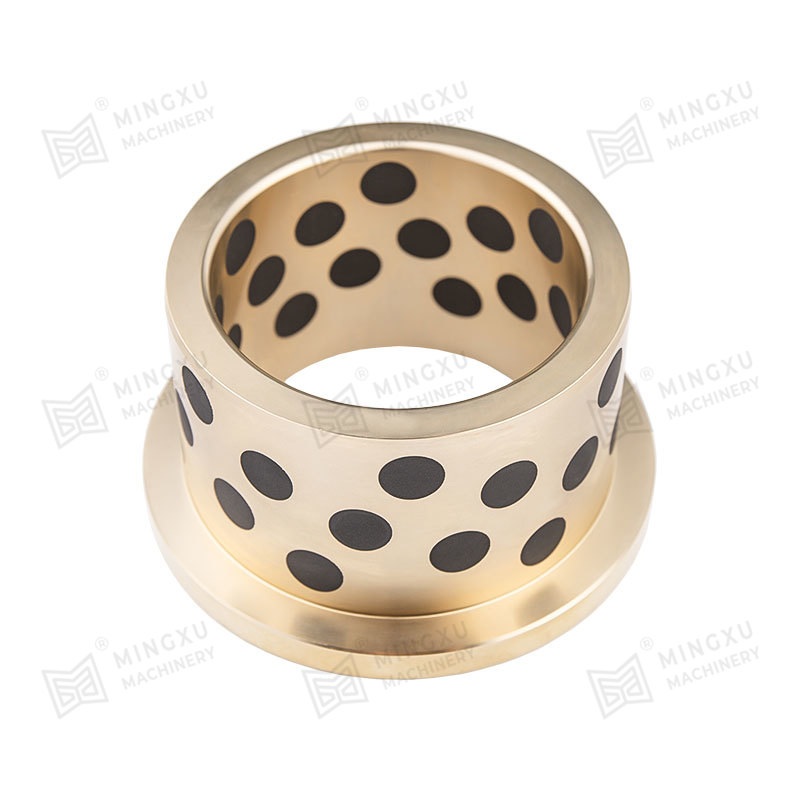
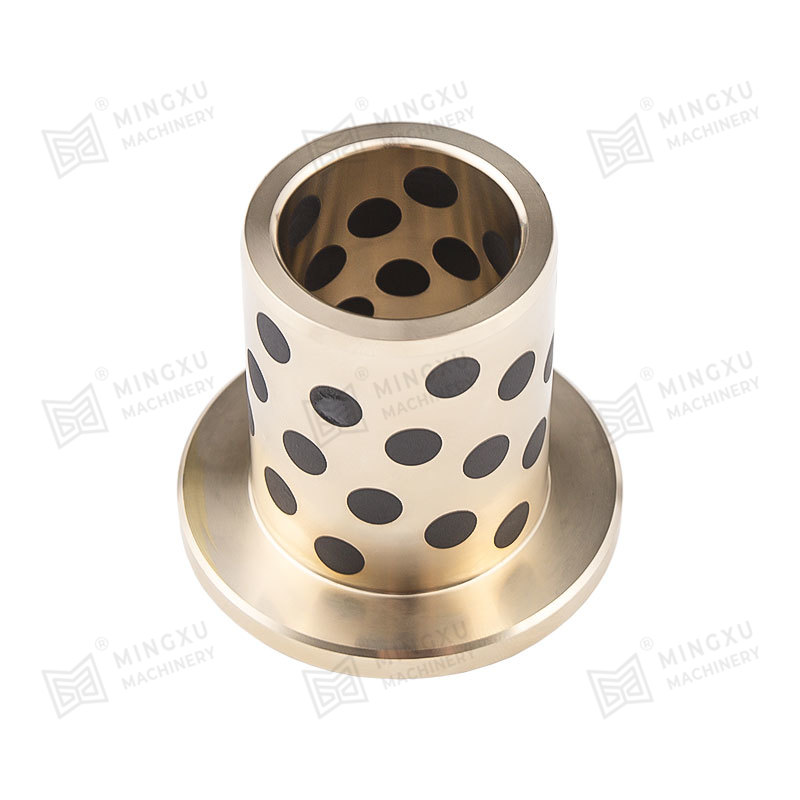
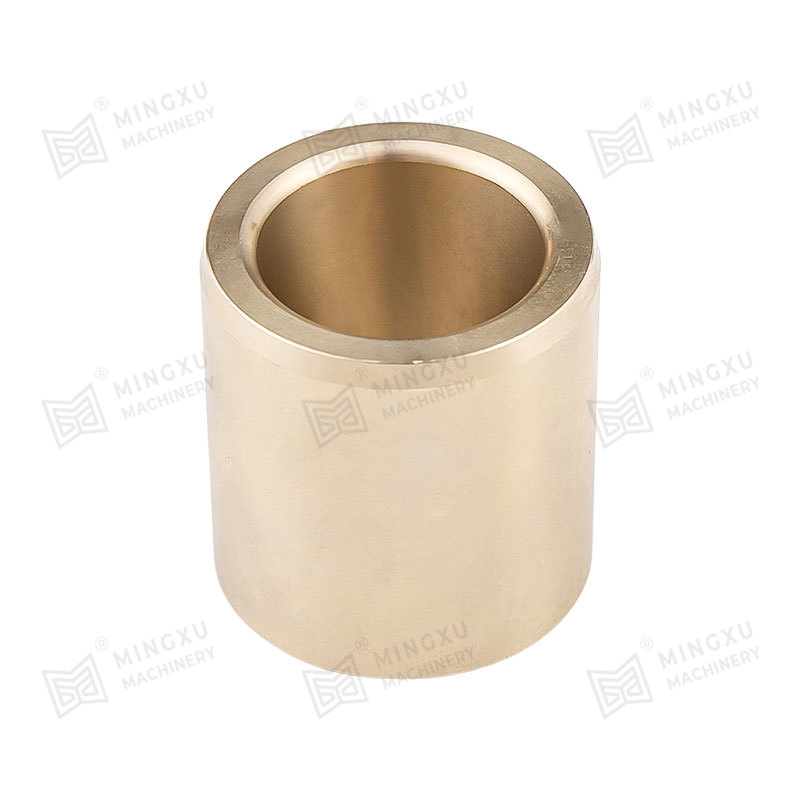
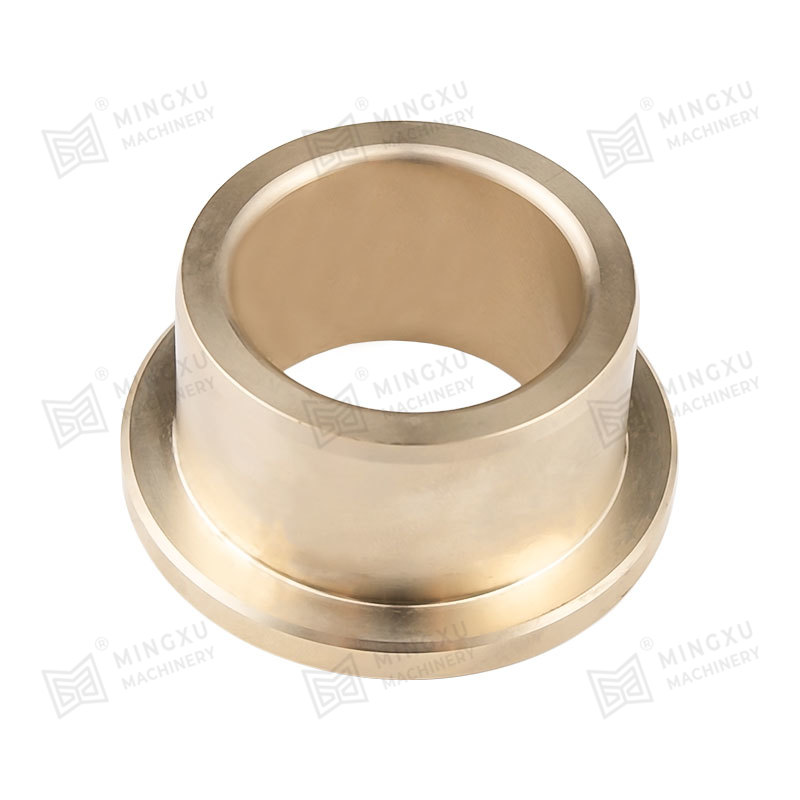
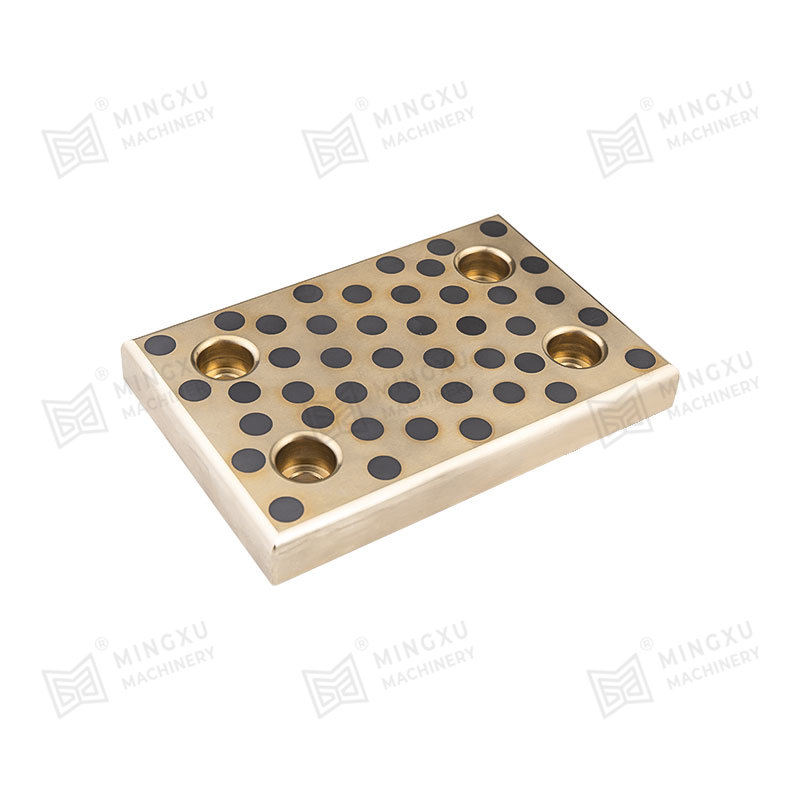
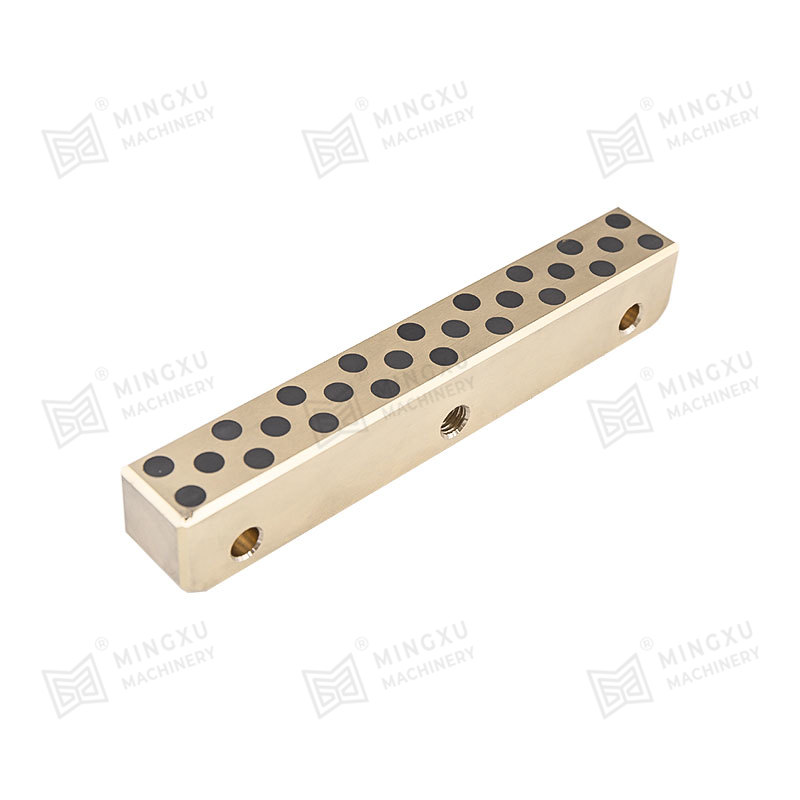
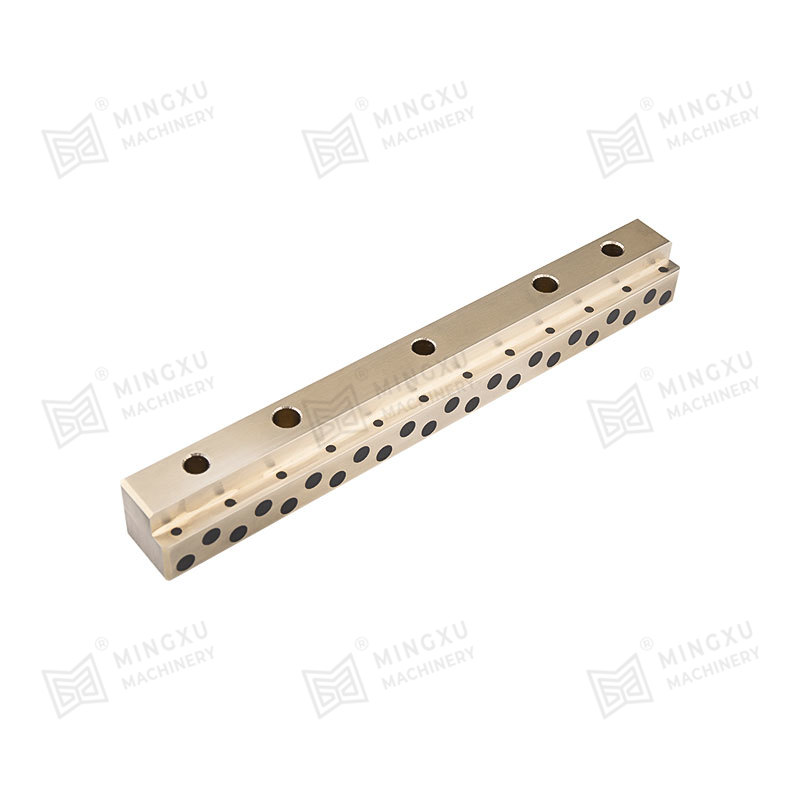
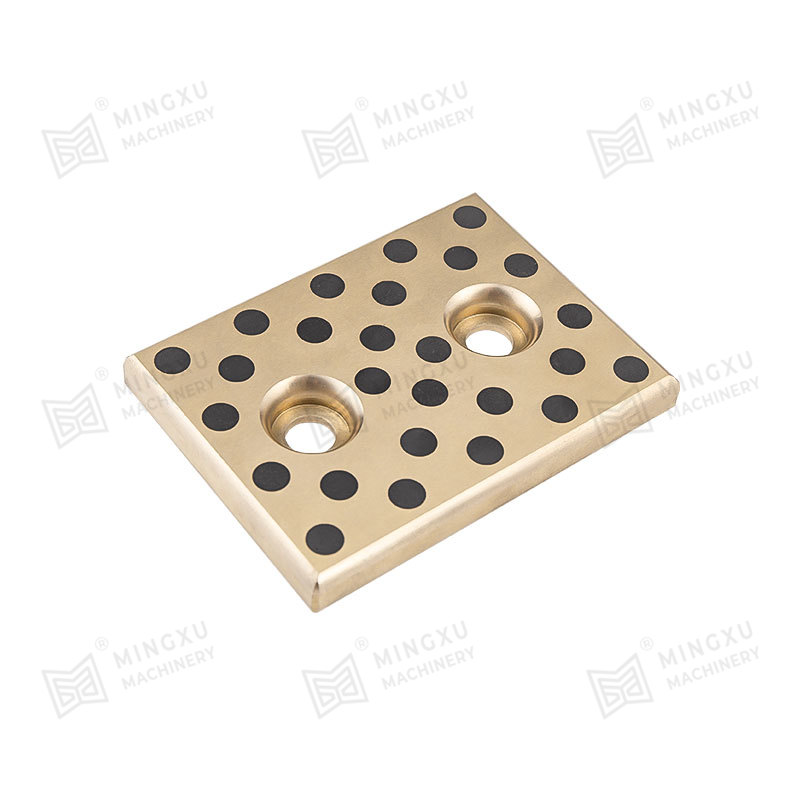
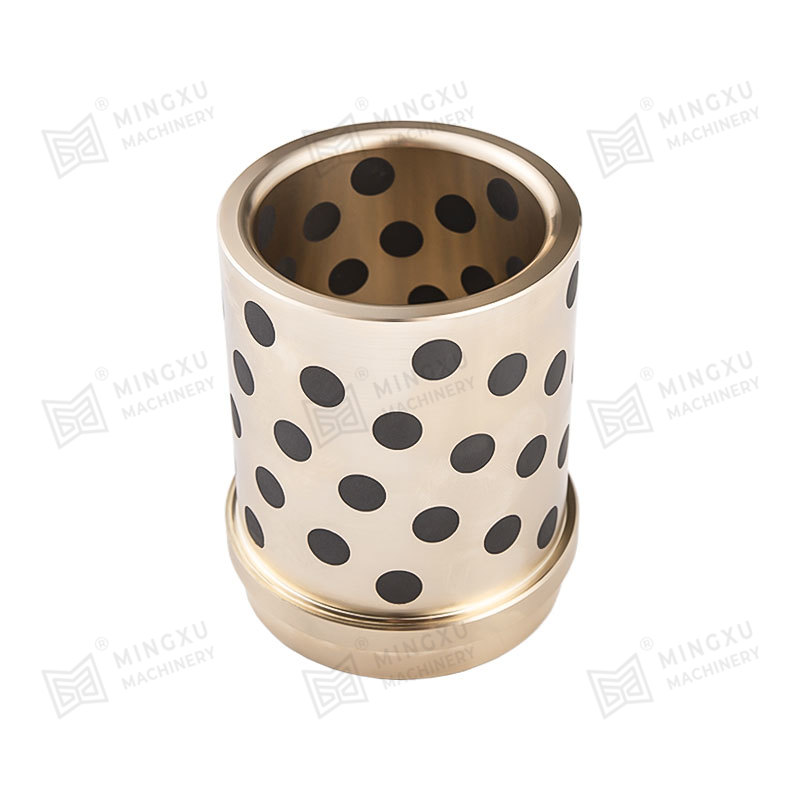
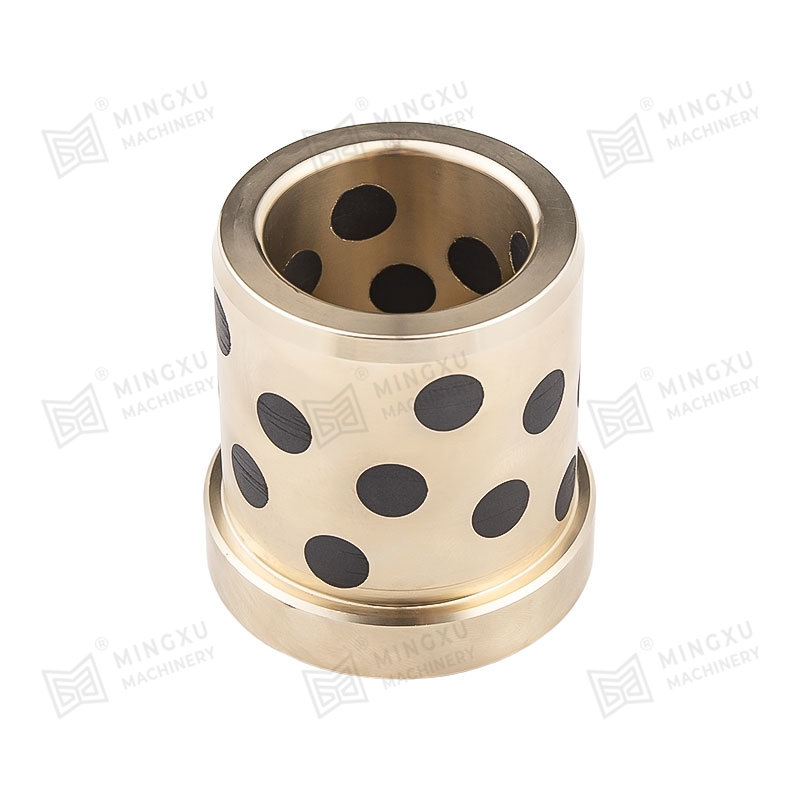







Contact Us